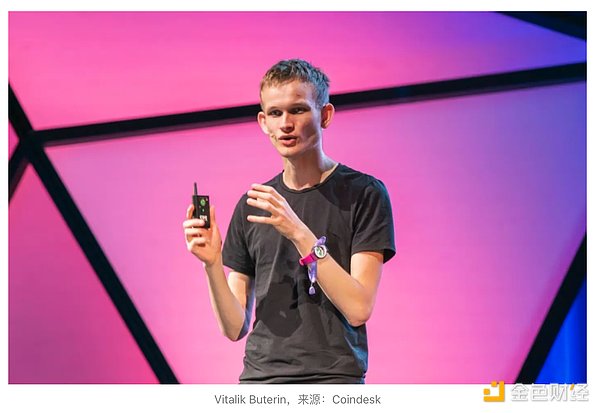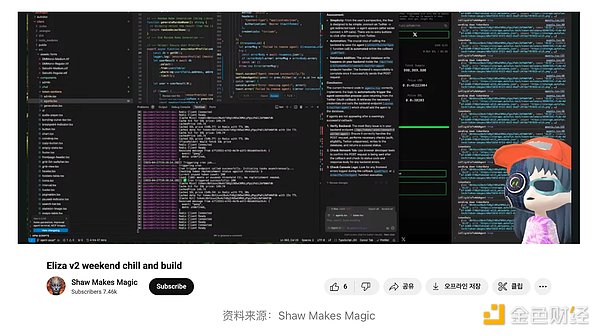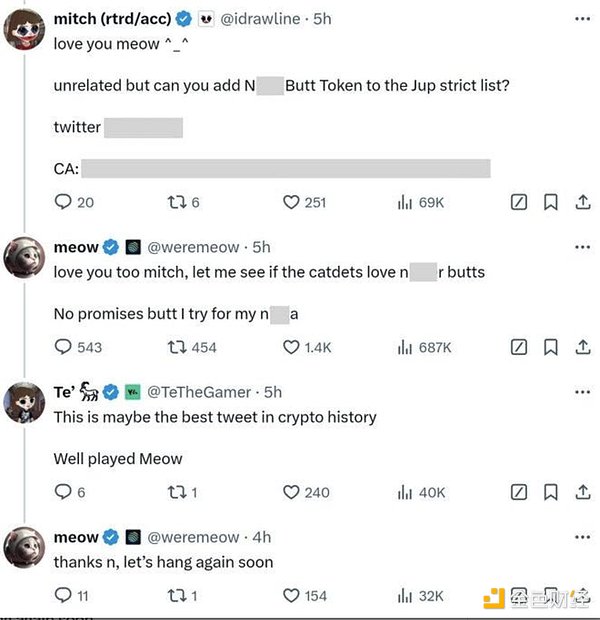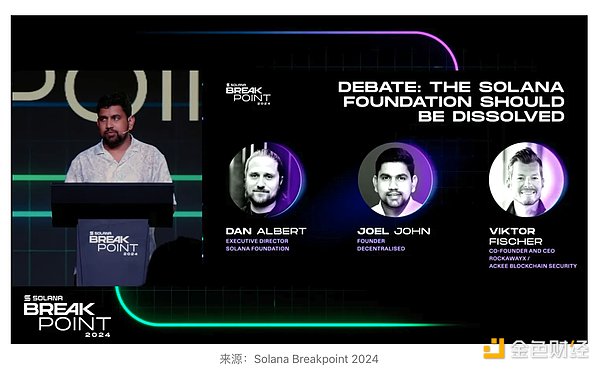Author: Aiden, Jay Jo Source: Tiger Research Translation: Shan Ouba, Golden Finance
This article analyzes the risk of founder dependence in Web3 projects and explores sustainable governance models that achieve long-term resilience of the ecosystem.
Quick Points:
Web3 projects often rely more on trust in founders than mature technologies or products in their early stages. This dependence directly affects token prices.
Founders drive initial momentum, but also become a single point of failure. Once a founder suddenly leaves or speaks casually, it may cause turmoil in the entire project.
Some projects, such as Solana, are trying to move away from the “founder-centric” model and begin to decentralize power, although a full governance framework has not yet been established. The industry should continue to pay attention to these changes.
1. The importance of founders
Founders are more than just the founders of the company. They represent the image of the project and win the trust of investors. This phenomenon is common from startups to global tech giants. Today, a single founder can determine the valuation of an entire company.

Tesla's Elon Musk is the most obvious example. One of his tweets affects the stock price. After his conflict with Donald Trump, Tesla's market value evaporated by $150 billion. Musk's apology quickly saved the stock price.
This trend has a greater impact in Web3. Although the field keeps talking about "decentralization", the actual operation is very different. Most projects rely on the founder network, vision and leadership. The market cares more about "who will lead" than the technology or system. When the founder exits, the project collapses. The ultimate consequences will be borne by the community and investors.
This structure cannot last. Founders drive the initial design and execution, but power must be distributed over time. The system needs to operate autonomously. This report explores the influence founders have on projects. We explore how to break the dependency structure. We also look at what sustainable models Web3 should adopt.
2. Founders’ influence on the Web3 market
Web3 project founders have far more influence than traditional company founders. The reason is obvious. These technologies and products have not yet proven themselves in the market. Think about the angel investment stage. Investors see companies with no revenue and incomplete products. What drives their investment decisions? The founders’ vision and past performance.
Web3 projects show a unique model in this regard. Many projects rush to complete venture capital rounds and then conduct token issuance (TGE). Tokens are launched without clear technology or product validation. Retail investors flock to them. By traditional standards, these projects should remain at the angel investment stage. Yet countless people show interest and actively trade their tokens. This structural problem maximizes founder dependency. Investors must focus on “who will build it” rather than unproven technology. A single founder statement directly affects token price.
2.1. Founders as project anchors

Real cases show the influence of the founders of Web3 projects. Vitalik Buterin of Ethereum wrote the white paper and led the technical design. He continues to drive core technical changes such as "The Merge", "Sharding" and "Dencun". He provides a consistent technical vision.

Meow, the founder of Jupiter, won trust through active community participation. Shaw, the founder of AI16Z, attracted public attention with his strong development capabilities. They each took different approaches, but both promoted the early development of the project.
This model can be seen everywhere in Web3. Founders are responsible for technology, strategy, and communication. They provide momentum and stability in the early stages full of uncertainty.
2.2. Founders are single points of failure
Web3 project founders often drive initial momentum. However, over-reliance on one person can introduce vulnerabilities. Over-reliance on individuals increases the risk of single points of failure.

SushiSwap embodies these structural limitations. Founder Chef Nomi suddenly left the project and withdrew funds. The community immediately panicked. The project appears decentralized, but operational control is in the hands of the founders. Quick response becomes impossible.
Leadership absence and internal fighting delayed product development. The community was torn apart. It took more than two years to rebuild stability and trust. Most early projects can't survive such a period.

Jupiter had similar problems. Founder Meow was the face and main spokesperson for the project. A negative tweet about memecoin sparked a backlash from the community and triggered a crisis of trust and a drop in the token price.
Meow publicly apologized and resolved the problem. The incident shows how the founder's actions can affect the entire project. It exposes the structural risks when founders control technology, communication, and decision-making.
Recently, Web3 projects have seen more founder exits. Key figures like Mo Shaikh of Aptos and the co-founders of Polygon have left their respective projects. Token values have fallen and communities have become anxious. People don't see these as simple personnel changes. Many projects still lack clear market fit. The departure of founders feels like the loss of a key growth driver.
This leaves investors with only one pillar of the three key factors (product, founder, and vision). Only the vision is left.This damages the credibility of the project.
3. What kind of architecture should Web3 projects build?
What kind of structure should Web3 projects aim for? As we have seen, founders provide strong momentum in the early stages, but can also become a single point of failure. One sentence can change the market. Unexpected departures can trigger an immediate crisis. Over-reliance on individuals cannot sustain long-term growth.
The key is to gradually move away from a founder-centric structure as the project grows. Power and responsibility must be dispersed across the ecosystem. Centralized leadership can improve execution in the early stages. However, over time, the community should become the center of operations. Balancing short-term efficiency with long-term autonomy is a core challenge facing Web3 projects.

Solana is trying in this direction. The Solana ecosystem currently consists of multiple independent organizations, including the Solana Foundation, Solana Labs, and the Super Team. Each entity shares the responsibility for scaling and operating the network. At the Solana Breakpoint 2024 conference in Singapore, the foundation publicly discussed a possible dissolution. The foundation said their role should shrink over time. They made clear their intention to move away from single organizational control and toward an ecosystem-centric operating model.
These attempts face short-term challenges and lack a perfect model. However, they are gradually achieving power distribution through practical methods. The focus is no longer limited to decisions controlled by the founder. Today, various stakeholders share the responsibility for network maintenance and expansion.
Web3 needs a fundamental redesign starting now. This evolution goes beyond technical decentralization. The industry must build an ecosystem that is autonomous and resilient in operations and governance.
4. Conclusion
Web3 projects do not need to be fully decentralized like Bitcoin. The early stages require a clear vision and fast execution. Founder leadership becomes a big advantage here. However, over time, this structure can become dangerous and may even threaten the long-term sustainability of the project.
A realistic goal is to strike a balance between centralized power and autonomy, rather than full decentralization. Projects need a structure that can gradually reduce the influence of founders while maintaining direction and execution. The community must participate in this process and develop the skills to operate autonomously. This represents the model that Web3 should aspire to.
Projects such as Solana and Dogecoin have attempted these shifts in different ways. Founders gradually fade from public view. Foundations gradually reduce their roles. Operational models gradually shift to community-centric models. These changes are an ongoing process, not a final answer. No complete model exists yet.
Web3 must move beyond the technical level to the operational and governance levels. We should not imagine an architecture without founders. We should design systems that can function without the founders. These architectures determine the resilience of the ecosystem. The structures we design now determine whether Web3 remains a short-lived trend or becomes a true paradigm shift.
 Anais
Anais









